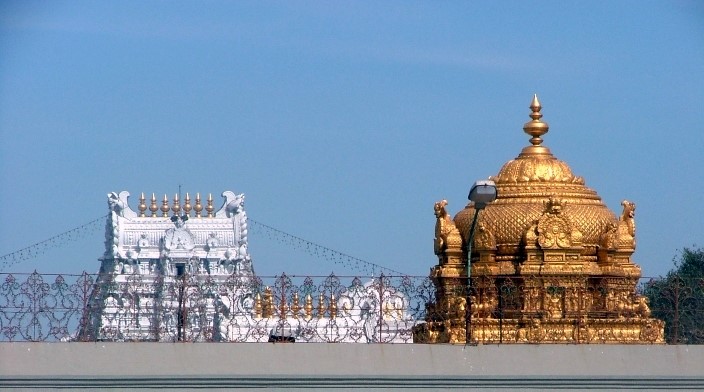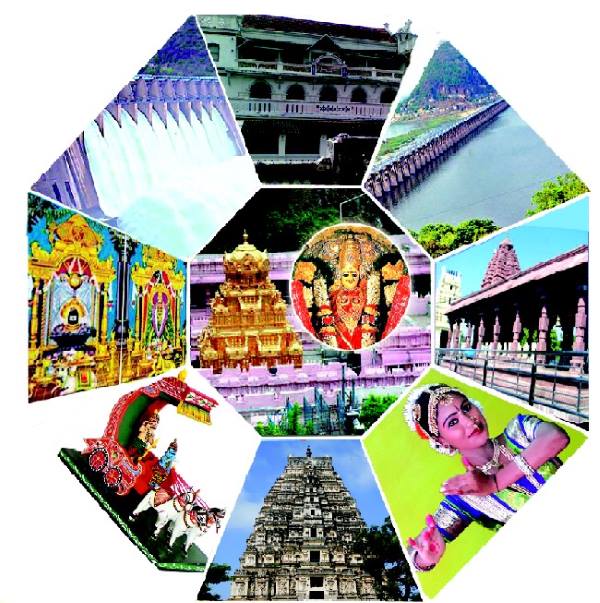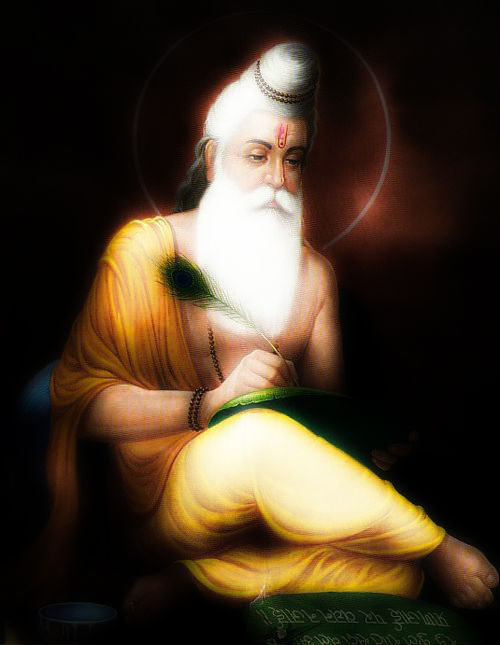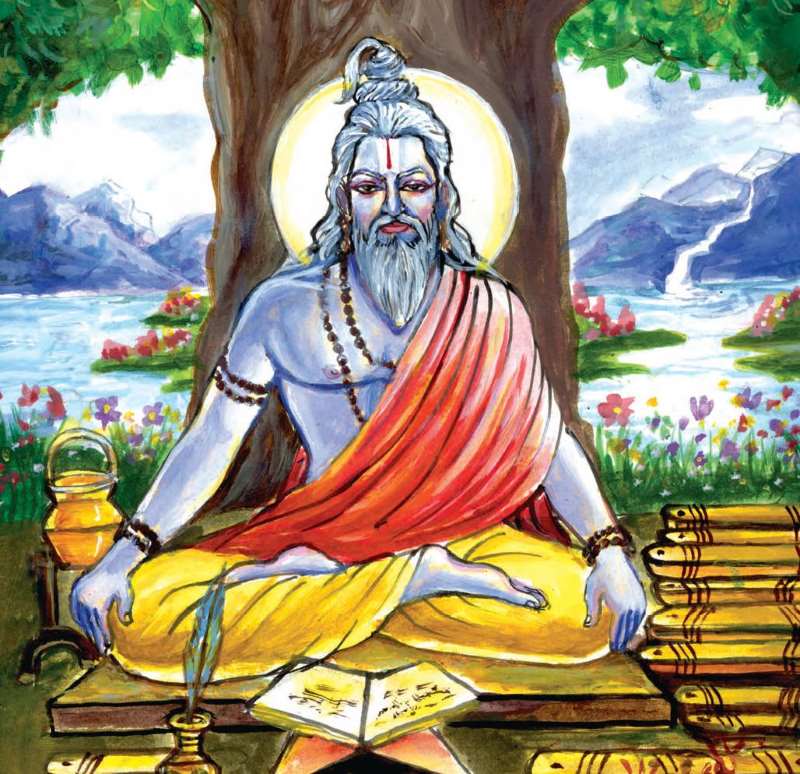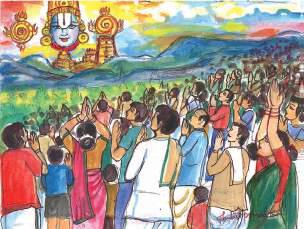Ganga Aarti The Ganga Aarti in Banaras is amongst the most exquisite religious ceremonies on the planet. It takes place near Kashi Vishwanath Temple in the Ghat Dashashwamedh. The Aarti is held on the stairs at the river’s bank. In honour of the Goddess Ganga, a group of pandits dressed in saffron robes erect massive Read More
Category: Special Articles
History of Temple Architecture
Temple Architecture The temple is the heart of Sanatana Dharma. It is where the human learns to seek, understand and reach out to the universal power called God. It is a sacred site where art, science and spirituality come together to help the devotee attune himself to the sacred vibrations of the Supreme power. A Read More
Prominence of Anaghaa Vratham
Prominence of Anaghaa Vratham According to the Hindu calendar, the month MARGASHIRSHA Maasa starts with the winter season, generally in December as per the English Calendar. It is a lovely month for Lord Sri Mahavishnu and Sri Maha Lakshmi. It is an auspicious month for performing Pujas & Vrathas like ‘Anaghaa Vratham’ and ‘Kaatyayani Vratham’ Read More
Krishna Pushkaram – It’s Significance
Krishna Pushkaram & It’s Significance To all living beings water is the source of life. The perennial rivers that provide water show evidence related to the beginnings of human culture and their development. It has been the tradition in our country to worship rivers, as images of divinity and worship. Nadi & Pushkaram From the Read More
Maharshi Veda Vyasa – Apaantharatha
Maharshi Veda Vyasa / Apaantharatha / Krishna Dwaipayana Vyasa is not an individual. He is the conglomeration of knowledge and wisdom of various preceptors. The history of Vyasa is the history of India. Through this mankind can adequately plan for its future. There had been many stalwarts in the prolonged history of India; who interpreted Read More
Pillai Urangavilli Dasar (Dhanurdasa)
Pillai Urangavilli Dasar (Dhanurdasa) Pillai Urangavilli Dasar, called Dhanurdasa, was a native of Uraiyur, near Tiruchirappalli and he was a renowned Gymnast. He was born in the Tamil month Masi, in Ayilya Star. He was a fine archer belonging to the Malla caste. He was one among the three Villis serving King Akalanka Chola in Read More
Naivedhya
Naivedhya – Food Offered as part of worship In Hinduism, worship is a ritual of religious devotion directed towards God. Worship is done in different forms or various methods depending upon the groups. It is the essence of loving and being in love with whatever God they adore. One of the steps is to offer Read More
Sanctity of Godavari Pushkarams
The Sanctity of Godavari Pushkarams Tulyatreyee Bharadwaja Gowthami Vruddha Gowthami Kousika ca Vasista ca sapthadhayanthi namostute Having divided into seven channels, the Godavari finally reaches the Bay of Bengal. I salute all the seven channels of the Goddess Godavari before I take my holy dip in it. Adyatu Gowthami Ganga paschyat Bhagiradhi smrutha Tayo rekataraa Read More
Guru Purnima / Vyasa Purnima
Guru Purnima or Vyasa Purnima The auspicious ‘Vyasa Purnima’ is also called Guru Purnima. It falls on Ashada Suddha Purnima. Our ancestors used to proclaim that Lord Shankara is Adibhikshu, the great Sage Valmiki is Adikavi and the Saint Veda Vyasa is Adi Guru. On the day of the Vyasa Purnima, one remembers and worships Read More
Everything about Idol Worship in Hinduism
Everything about Idol Worship in Hinduism A gross mind needs a concrete symbol as a prop or alambana and a subtle mind requires an abstract symbol. It is not only the pictures or images in stone and wood, that are idols but dialects and leaders also become idols.”Worship is the expression of pure devotion, reverence Read More

